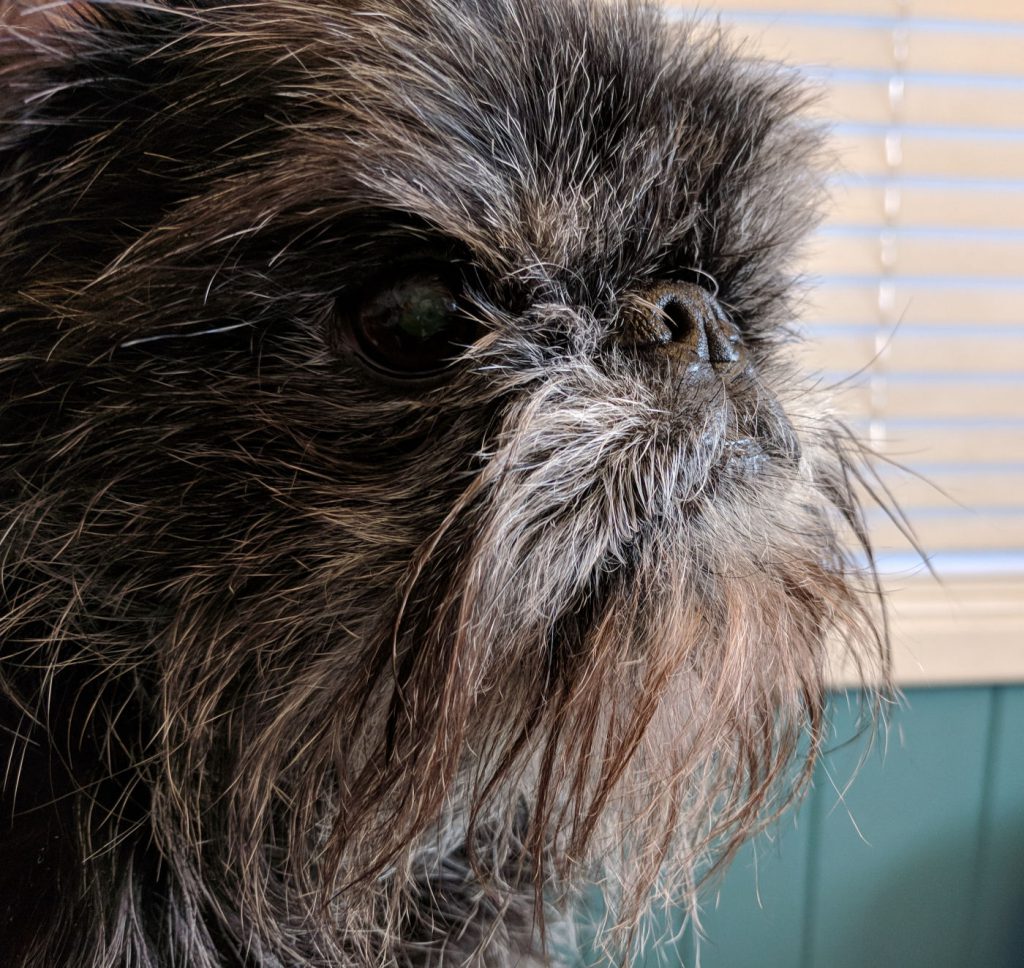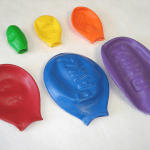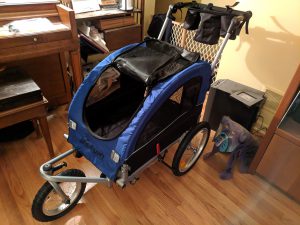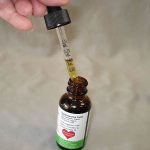Four of our friends are blessed to have old dogs. They celebrate each day and acknowledge their good fortune. And we can tell each is trying to prepare for her old dog’s death.
Death isn’t a pretty word. We don’t use it a lot and there are tons of euphemisms so we don’t have to. It’s shocking and stark. Exactly how it feels, no matter how much preparation you do.
Celebrating the oldies
Our friends with the old dogs are all over the country, have different breeds, and, as far as we know, only a couple know each other. What they have in common is dealing with the creakiness and vet bills for old dogs. And none of them would change a thing.
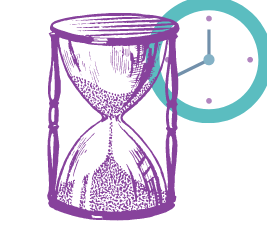
The healthiest of the group is also the oldest. This dog just celebrated his 17th birthday. Yes, you read that right. 17th. And, aside from being a little slower, a little creakier, he’s trucking along just fine.
Another friend’s dog is 14. This dog is a rescue, adopted at about one year old. She’s been a lifeline for our friend, who has been through some tremendous life changes since she got her dog. And the dog recently started suffering some seizures. They’re working to keep it under control, but there are good days and not-so-good ones.
Our third friend’s dog is about 12+ years old – we know we recently wished her a “Happy Birthday,” but we don’t remember which one it was. She scared her “mom” recently by having a stroke, but she seems to be, slowly, recovering. This dog has made a practice of scaring her mom. She’s the miracle dog of the bunch.
The fourth friend’s dog just turned 12 this week. And it was his birthday that got us thinking about this stuff. His mom didn’t think he’d make it this far. He’s suffering from Addison’s Disease as well as a list of other ailments.
Signalling their thoughts
Our friends have all made comments that let us know they’re trying to prepare themselves for their dog’s death. Saying things like “as long as she’s happy.” Or “he still loves his walks, they’re just shorter.” And posting videos of treats lovingly hand-fed and a dear old dog munching happily.
The thing is, and they all probably know this, there’s no way we’re ever ready. Personally, we’ve been lucky enough to have dogs who lived to ripe old ages. And we’ve been gut-punched losing younger dogs suddenly. It’s always a shock. The house is always empty – even other dogs and people are still there.
One of our friends has been sort of expecting her dog to die for a while. Her dog was never the healthiest, and many conversations have been gloomy. We know she’s been trying to achieve a state of mind to accept what’s going to come, but it’s not possible.
Shoving it aside
Death is a reality of all lives. Some of us focus on it more than others. And some of us (our personal tendency) is to push the thought aside, as best we can, for as long as we can. We figure that it’s time enough to deal with grief when it happens. And in the meantime, we’ll cuddle, and play, and train, and enjoy the company of dogs. We don’t know how much time we’ll be granted with our dogs, so we let them know we love them every day.









